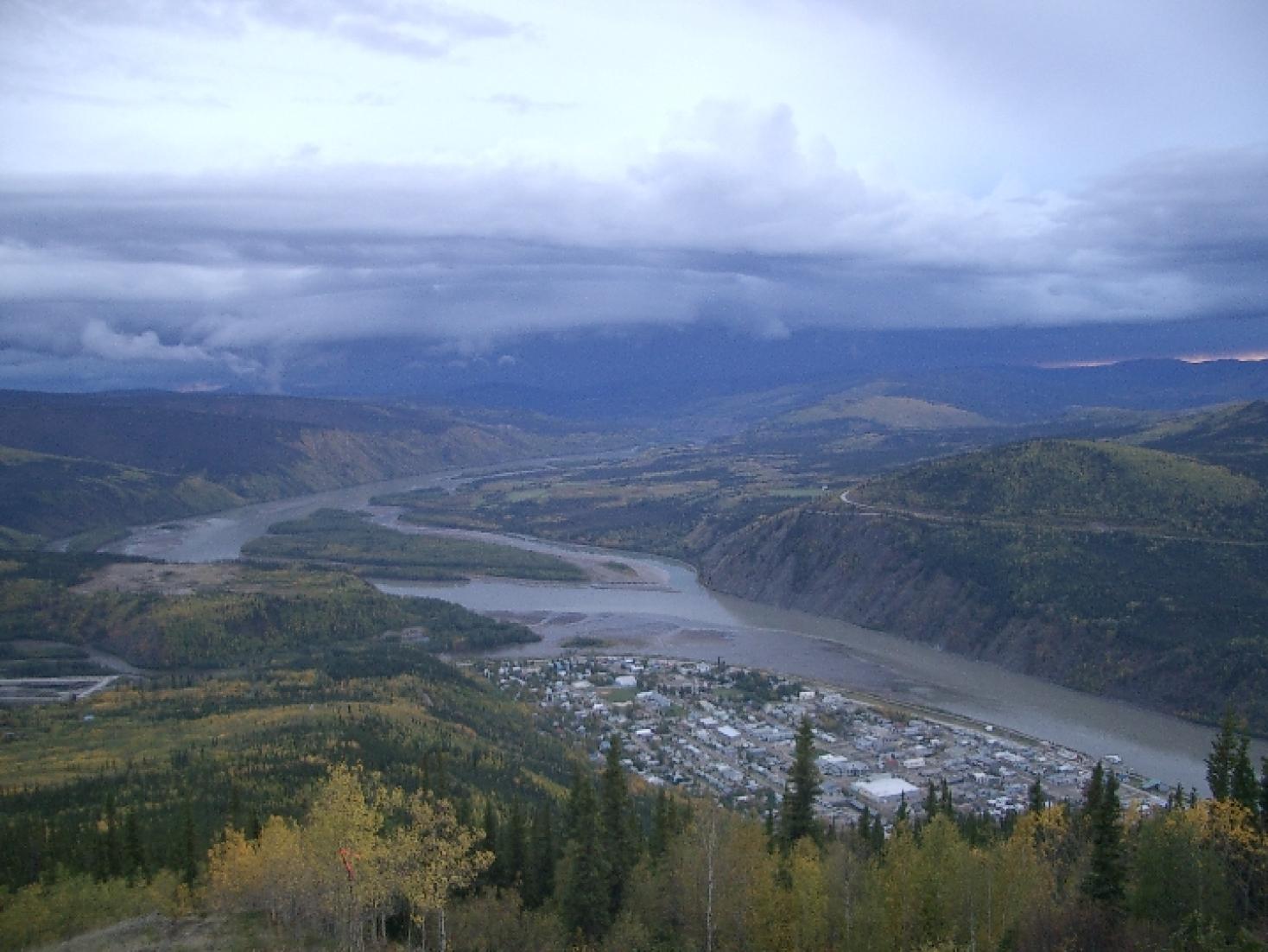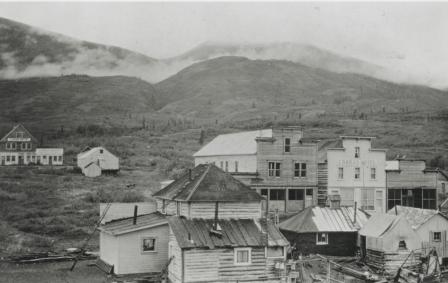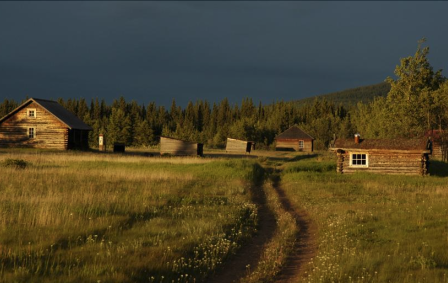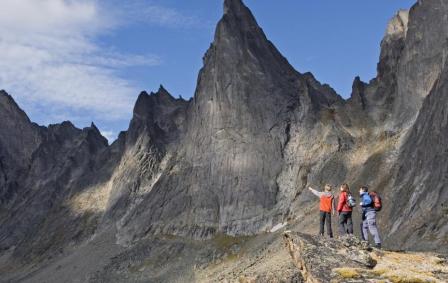Tr’ochëk Heritage Site and National Historic Site

Tr’ochëk Heritage Site is located at the confluence of the Klondike and Yukon rivers.
This site was recognized as a Heritage Site in the Tr’ondëk Hwëch’in Final Agreement and designated as a National Historic Site of Canada in 2001. Initially it was known as the Tr’o-ju-wech’in Heritage Site, and became known as Tr’ochëk, which translates roughly as “the place at the mouth of the river.”
Tr’ochëk has long been a gathering place full of rich natural minerals and exemplifying the connection between the land and Indigenous Peoples. Historically, this connection goes back thousands of years. The significance of this place can be seen, felt, and heard in oral histories, the Hän language, and its continued use.
For countless generations, the Indigenous People spent the mid-summer to late fall at fishing camps at Tr’ochëk, where they harvested, prepared, and preserved foods for the long winter months.
When gold seekers arrived during the Klondike Gold Rush of the late 19th century, this traditional use was greatly disrupted as the area was taken over and became known as Klondike City or Louse Town.
The land was officially returned to Tr’ondëk Hwëch’in through land claims negotiations and the Final Agreement signed in 1997. Through the Final Agreements, the federal government bought out remaining mining claims and returned control of the site to Tr’ondëk Hwëch’in.
In English, a plaque at the site reads:
“Tr’ochëk, in the middle Ch kon’dëk (Yukon River) Valley, lies at the heart of Tr’ondëk Hwëch’in territory. This gathering place is valued for its rich natural resources and its significance to the community is sustaining and transmitting its heritage. Tr’ochëk exemplifies the connection between the land at is people, and speaks to the land a source of traditional knowledge. The importance of the landscape is expressed in oral histories, language, place names, and in the continued use of the site. Tr’ochëk is a place where the Tr’ondëk Hwëch’in community reflects upon and shares its culture with others.”
Today, you can visit the site and learn about its history and importance through interpretive panels at Crocus Bluff and on the dyke. Visit the Dänojà Zho Cultural Centre to see interpretive materials and artifacts from the site.
Learn more on the archeology and history of the area by reading Tr’ochëk: The Archaeology and History of a Hän Fish Camp.


